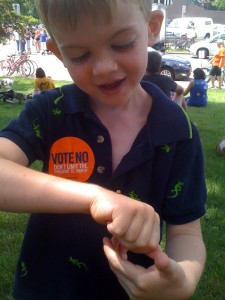 Curriculum & Instruction, Domestic Engineering
Curriculum & Instruction, Domestic Engineering  1 Comment
1 Comment Kids and Consent
A middle school near here had a lockdown today. Not a drill, an honest-to-goodness code red lockdown. I saw the news flash over Twitter that there were reports of shots fired. My heart stopped for about a half-hour. It’s not the school of anyone I know, but it’s close enough to my son’s age to fix in my mind’s eye until police reported the all-clear.
Turns out, it was a 12-year-old boy who called 911 with a locked cell phone (it would only dial an emergency number). It was a prank. A middle-school-aged boy thought it was funny to tell an operator that someone was firing a gun in a full school on a Wednesday morning, three months after the shooting in Newtown, Connecticut. Over 900 students, teachers, administrators, and staff were on lockdown for hours because nobody told a 12 year old never to ever call 911 as a joke, or if they did, he didn’t absorb the lesson.
And now he’s sitting in a jail.
Two other young men are sitting in a jail tonight, too, and will be for at least the next year of their lives, contemplating the horror they wrought on a 16-year-old girl in Steubenville, Ohio. They didn’t learn the meaning of the word “prank” either. They violated her body and her privacy because they thought it was funny.
How are we failing so completely to teach kids not to make decisions like this, or excuse them as humor?
I certainly don’t have all the answers; I probably don’t even have any good ones. But I want, for a moment, to explore the idea of consent as it relates to children. The current discussion around rape prevention in feminist circles focuses on the word “no” as insufficient, because the responsibility to say it still rests on the victim. If we teach kids that “‘no’ means ‘no,'” but if the victim is incapable of saying “no,” those kids with their miraculously literal (and literally miraculous) minds will understand that no one’s going to stop them.
And not too long from then, they’ll be adults who think no one’s going to stop them. This isn’t a slippery slope; it’s just time elapsing.
I’m the big disciplinarian in our house, and I draw a pretty strict line for my boys to toe. It’s not that the Darling Husband doesn’t have expectations as high as mine, but I think I’m more concerned about them following invisible social strictures, because I had to work so hard at their ages to just figure them out. Part of my mind still thinks I can save my kids the trouble I had by telling them how to maneuver, but I know that’s not the case.
More important to me, though, than whether they’re thoroughly civilized is whether or not they can make a good decision when left to their own devices. When I’m there, I can tell them the processes and rules. When I’m not, I need to know they’re capable of reaching the same conclusion. And just telling them over and over isn’t enough. The trick is, I have to let them do things and make mistakes to convey this lesson. And we parents aren’t very good at allowing a child to make decisions for themselves these days.
The whole endeavor of childhood is currently an exercise in coercion and control, rather than consent. It starts early: mothers who may not have much choice about whether or how to be pregnant or give birth seek to reclaim control by exercising their choice about issues like circumcision and vaccinations. We turn day care and school choice into a major undertaking that continues to be pushed back further and further into infancy–it seems inevitable that parents will consider which schools are accepting applications before attempting to conceive–rather than waiting to see which environment best suits the child’s personality. School attendance and activity is mandatory, with little or no flexibility for the majority of students. Parents who juggle complex schedules don’t consult children about when (or even whether, sometimes) to have lessons, homework, dinner, or bedtime, passing on the lack of control they may experience in their work and social environments.
Parents obviously want what’s best, but the simple fact is that almost no one bothers to obtain a child’s consent for anything. When they do, it often conforms to the illusion of choice, which is a helpful vehicle in speeding through more fundamental objections. Which jacket do you want to wear, red or blue? It’s shower time; here, choose your shower setting and temperature, the color of your towel. Would you prefer carrots or peas as your dinner vegetable? “No” only gets you a restatement of the choices or a deferment, rarely a conversation about why they’re objecting. That’s not surprising; “no” is a powerful word, as kids discover early on, and in a world where they’re so powerless, they often use it without checking to see if it’s really needed, just because it gets a reaction.
I’m not proposing that parents be completely permissive and let their kids boss them around, or be rude, or break all the rules. And I’m certainly not going to relinquish my control as a parent to make judgment calls that keep my kid healthy, safe, or in line with a program that benefits everyone in the family. Sometimes, you’ve just got to take one for the team, and I’d like to think I do a decent job explaining to my sons why that decision is necessary at that time, and when they might next make a decision for themselves.
But if taking a shower or eating vegetables or doing math homework is always a matter of when, not if, even when the child has legitimate objections, is it any wonder that our kids don’t know that they can say “no” to a child molester or abductor? What good has it done them before to say “no”? And why should they listen to someone else say “no” when it’s never worked for them when they didn’t want to do something. Silence isn’t the same as consent, but neither is age a replacement for asking.
 Friday is the Autistic Day of Mourning, a day to honor the autistic people who have lost their lives to the desperate or careless actions of parents and guardians, or to the crushing weight of the sensory world that seems inescapable by any other means but death.
Friday is the Autistic Day of Mourning, a day to honor the autistic people who have lost their lives to the desperate or careless actions of parents and guardians, or to the crushing weight of the sensory world that seems inescapable by any other means but death.
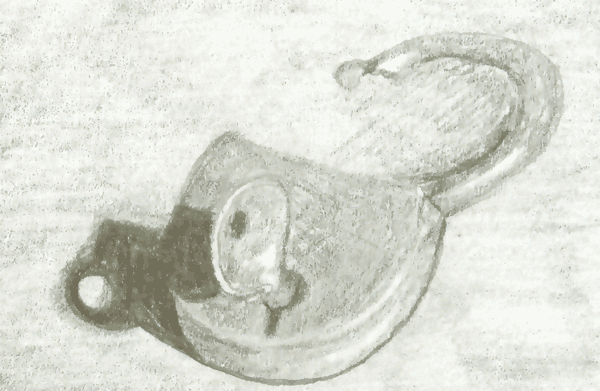
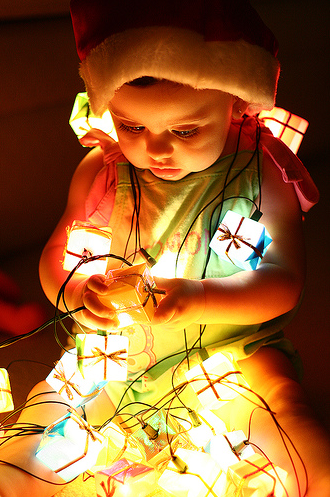 Almost every good and wonderful thing about the winter holidays is a sensory delight. The smells of cold snow and freshly cut pine and butter-rich cookies tingle in our noses. Pipe organs and French horns and jingly bells and heavenly choirs and crinkly paper delight our ears with musical sounds rarely used in the rest of the year. Velvety and satiny fabrics combine with delightfully scratchy sweaters and fuzzy hats in our special party clothes. We write ourselves dietary hall passes for the dozens of special, luscious holiday foods. And the lights…oh, the lights! Who doesn’t gasp and crane at the sight of an elaborately decorated building or brilliantly lit tree?
Almost every good and wonderful thing about the winter holidays is a sensory delight. The smells of cold snow and freshly cut pine and butter-rich cookies tingle in our noses. Pipe organs and French horns and jingly bells and heavenly choirs and crinkly paper delight our ears with musical sounds rarely used in the rest of the year. Velvety and satiny fabrics combine with delightfully scratchy sweaters and fuzzy hats in our special party clothes. We write ourselves dietary hall passes for the dozens of special, luscious holiday foods. And the lights…oh, the lights! Who doesn’t gasp and crane at the sight of an elaborately decorated building or brilliantly lit tree?

 I’ve been working on the campaign for marriage equality here in Minnesota since March, and
I’ve been working on the campaign for marriage equality here in Minnesota since March, and 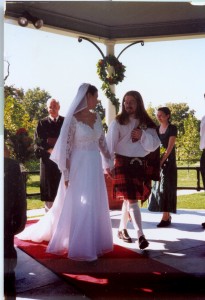
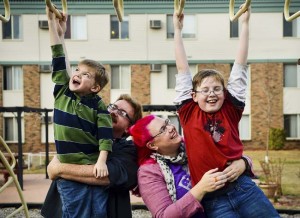

 I absolutely adore Halloween. I’ve been known to skip down store aisles singing “It’s the most…wonderful time…of the year!” at the first sight of skulls and crows. I collect Halloween socks and wear them all year round. I buy gothic lanterns and creepy wall hangings and ghoulish tea towels on clearance for everyday use.
I absolutely adore Halloween. I’ve been known to skip down store aisles singing “It’s the most…wonderful time…of the year!” at the first sight of skulls and crows. I collect Halloween socks and wear them all year round. I buy gothic lanterns and creepy wall hangings and ghoulish tea towels on clearance for everyday use. Celebrated by many ancient agrarian cultures as a cross between New Year’s and Memorial Day, Samhain acknowledges the conclusion of the harvest, the closing down of the earth in preparation for winter, and the liminality of beginnings and endings that allows us to perceive how thin the veils are that separate us from unseen worlds around us. The costumes and the lanterns play games with concepts of finding and evading spirits passing from one state of being to the next. Even trick-0r-treating, often maligned as turning kids into greedy monsters with eroding teeth and manners, reminds us of our obligations of hospitality and the sweetness of welcome on a cold night.
Celebrated by many ancient agrarian cultures as a cross between New Year’s and Memorial Day, Samhain acknowledges the conclusion of the harvest, the closing down of the earth in preparation for winter, and the liminality of beginnings and endings that allows us to perceive how thin the veils are that separate us from unseen worlds around us. The costumes and the lanterns play games with concepts of finding and evading spirits passing from one state of being to the next. Even trick-0r-treating, often maligned as turning kids into greedy monsters with eroding teeth and manners, reminds us of our obligations of hospitality and the sweetness of welcome on a cold night.
 Finally, it can be fun to teach kids about
Finally, it can be fun to teach kids about  1)
1)  2)
2) 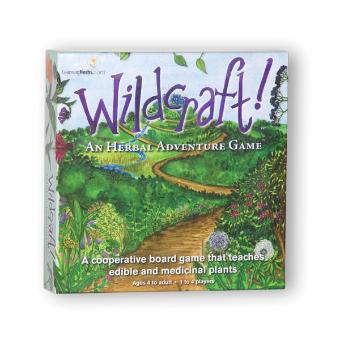 3)
3) 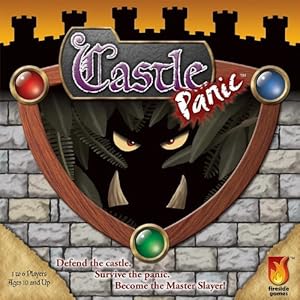 4)
4)  5)
5) 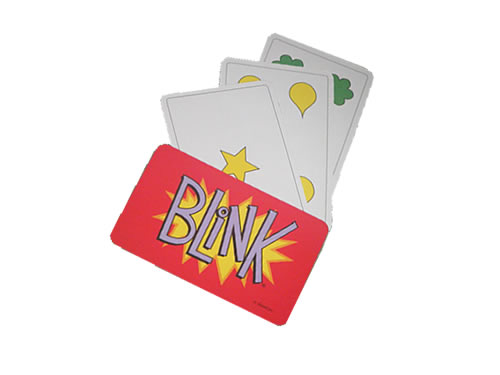 6)
6)  7)
7)  But when tragedy strikes, as expected, in the movie, suddenly I’ve got a sobbing pile of six-year-old on my lap. His bony little shoulders are shuddering, and hot tears soak my collar. I stroke his hair and whisper to him that it’s okay, he’s safe, and I know it’s sad, but it’ll get better, until he slowly uncurls and starts watching again. He doesn’t leave the shelter of my arms until the credits begin to roll.
But when tragedy strikes, as expected, in the movie, suddenly I’ve got a sobbing pile of six-year-old on my lap. His bony little shoulders are shuddering, and hot tears soak my collar. I stroke his hair and whisper to him that it’s okay, he’s safe, and I know it’s sad, but it’ll get better, until he slowly uncurls and starts watching again. He doesn’t leave the shelter of my arms until the credits begin to roll. It happened when we went to see Chimpanzee at our favorite bargain theater last weekend. It happened when Claudia and Jamie spent their first lonely night in the Met, as I read From the Mixed-Up Files of Mrs. Basil E. Frankweiler. It’s happened at a variety of TV shows and movies at home.
It happened when we went to see Chimpanzee at our favorite bargain theater last weekend. It happened when Claudia and Jamie spent their first lonely night in the Met, as I read From the Mixed-Up Files of Mrs. Basil E. Frankweiler. It’s happened at a variety of TV shows and movies at home.
 1.
1.  2.
2.  3.
3. 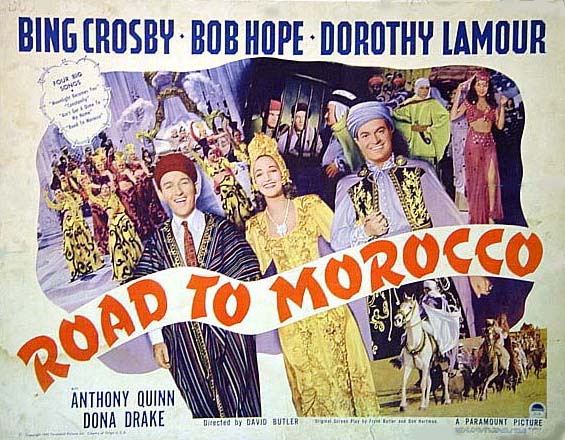 4.
4.  5.
5.  6.
6.  7.
7.  8.
8.  9.
9.  10.
10. 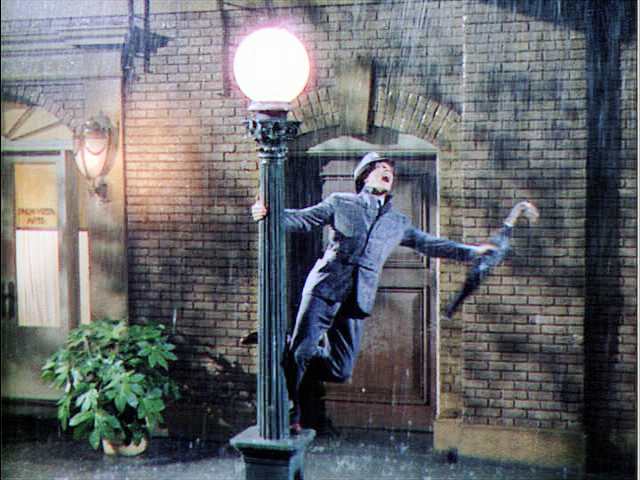 11.
11.  12.
12.  And, sure enough, when we went out to pick
And, sure enough, when we went out to pick  I took the boys to the
I took the boys to the 